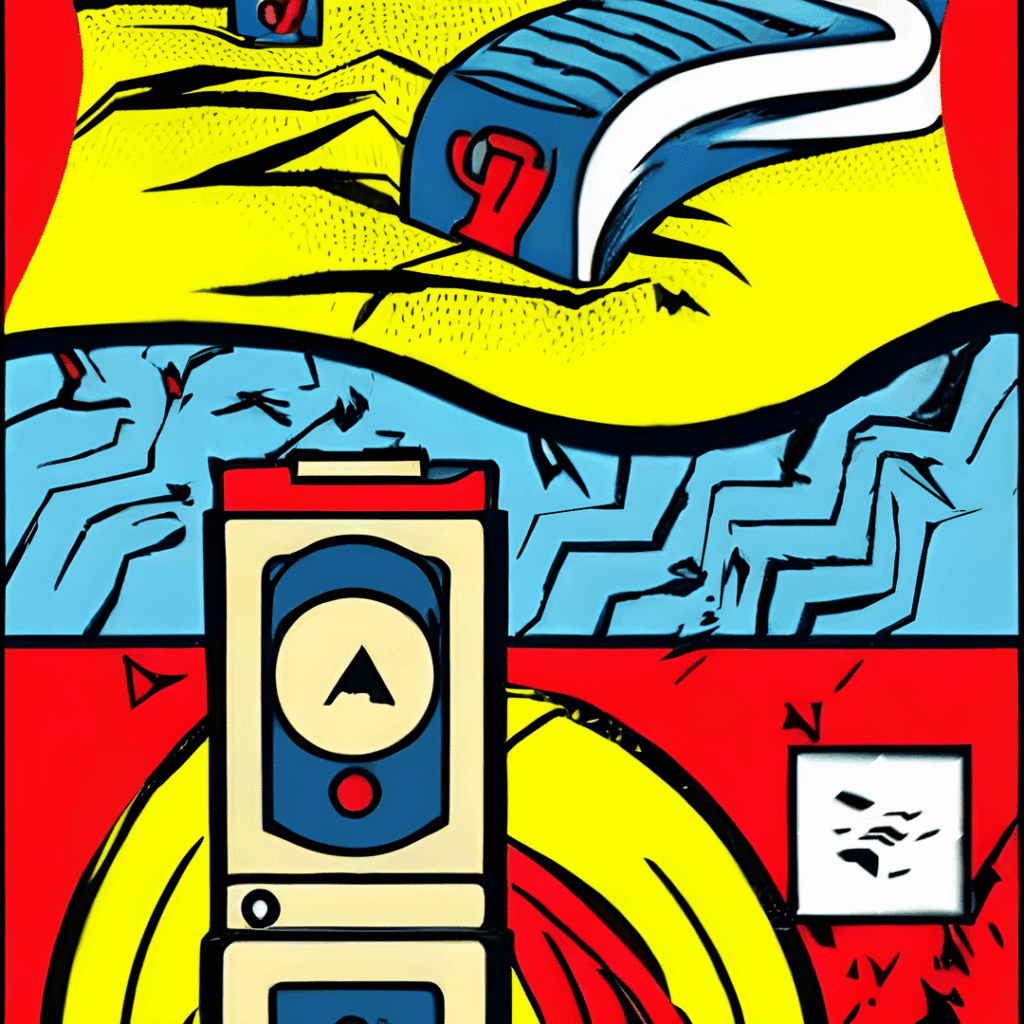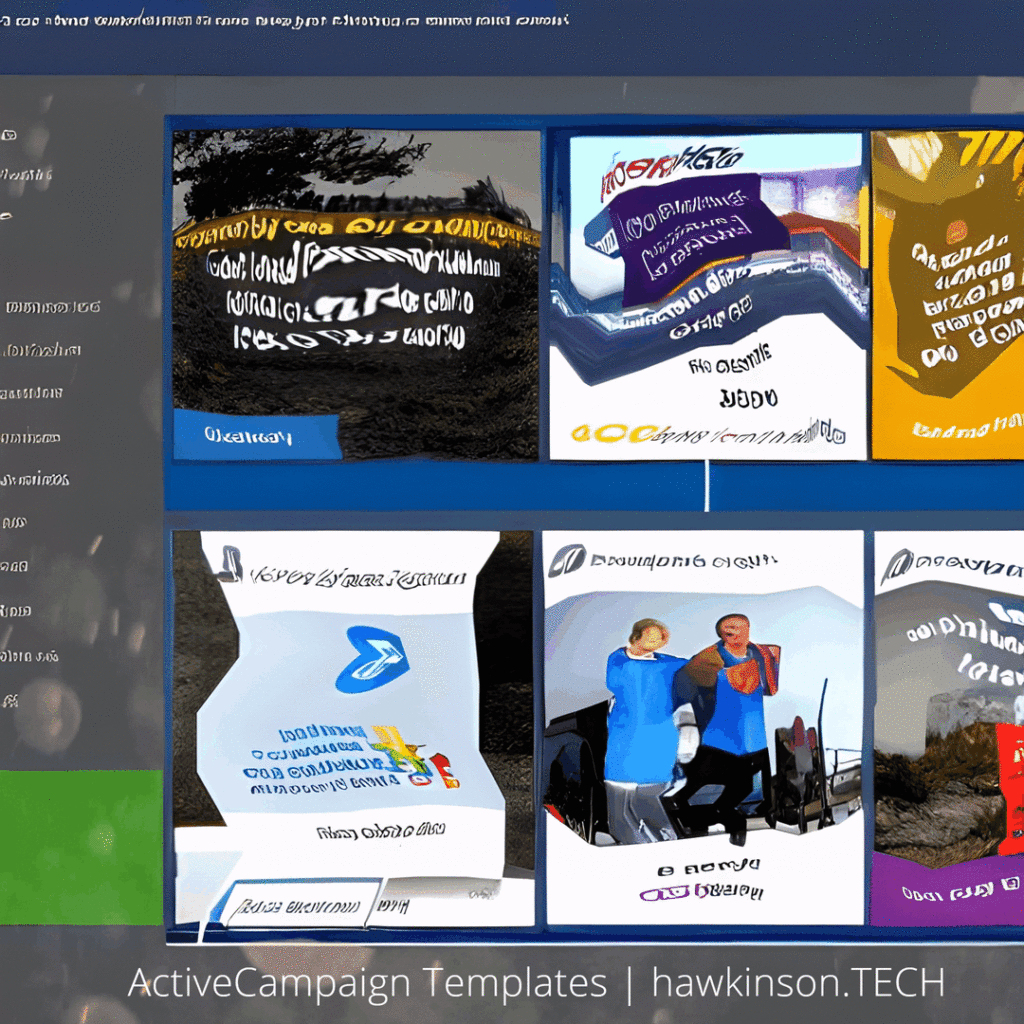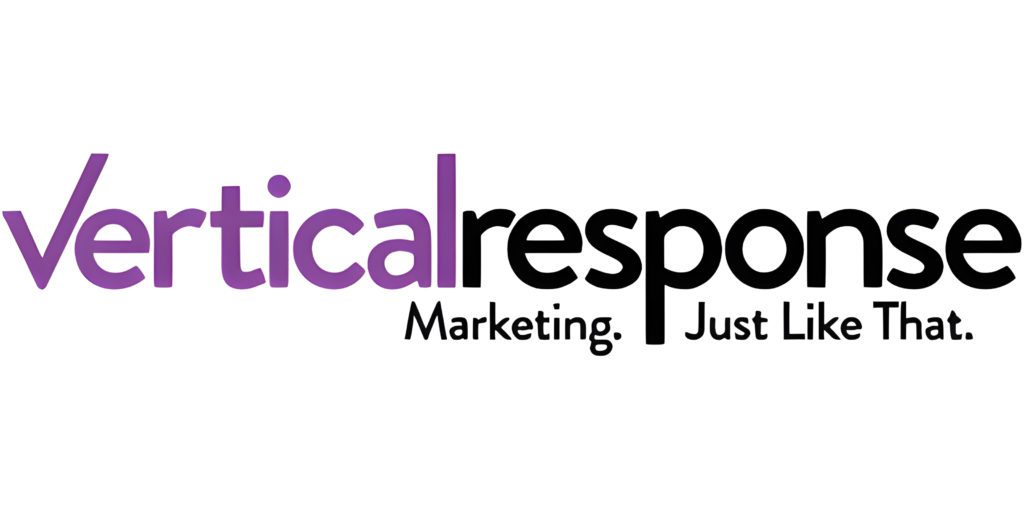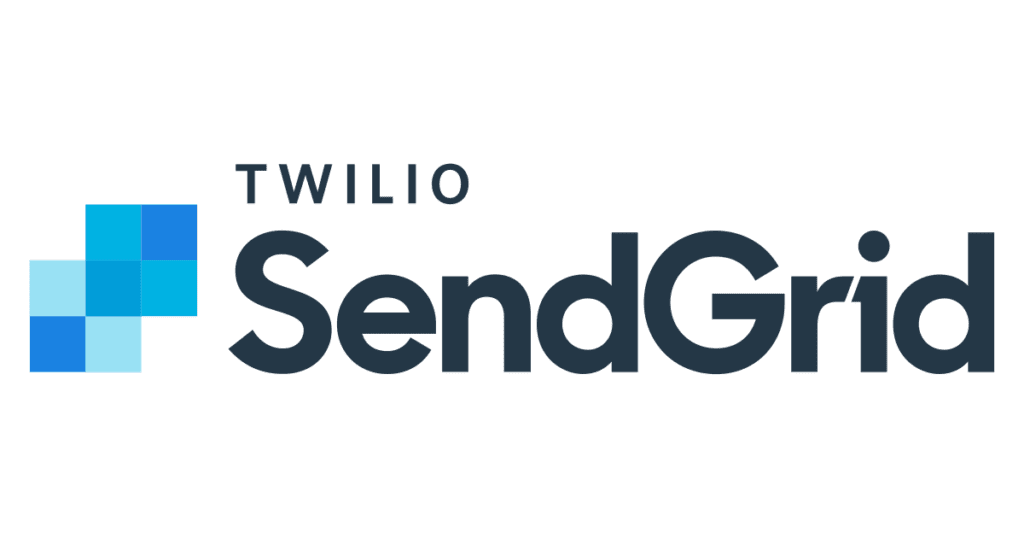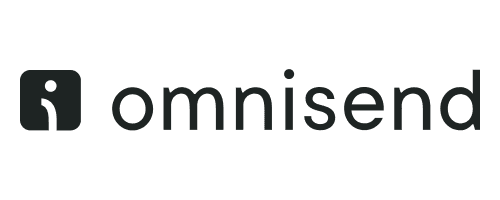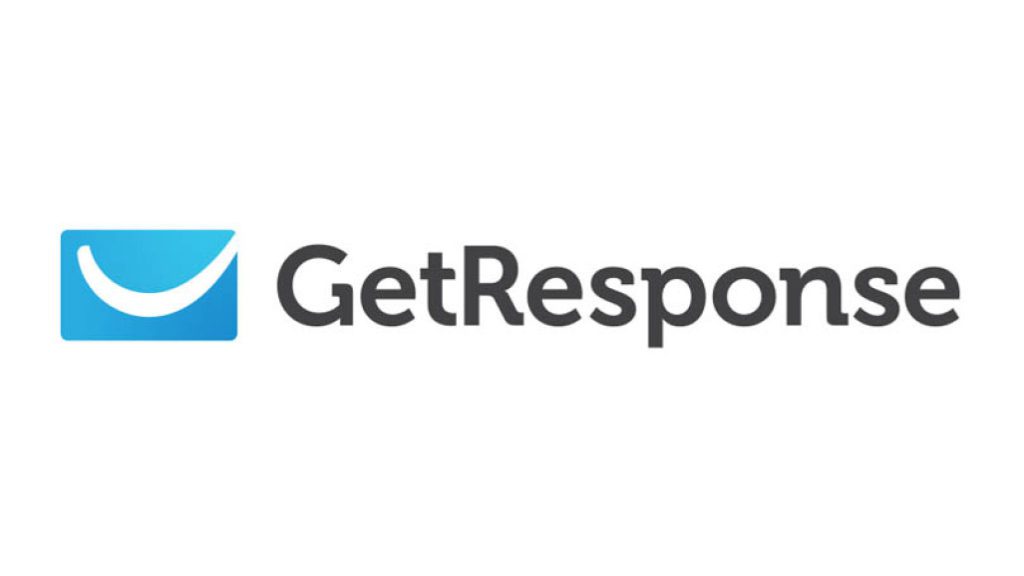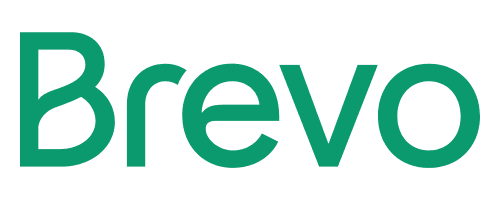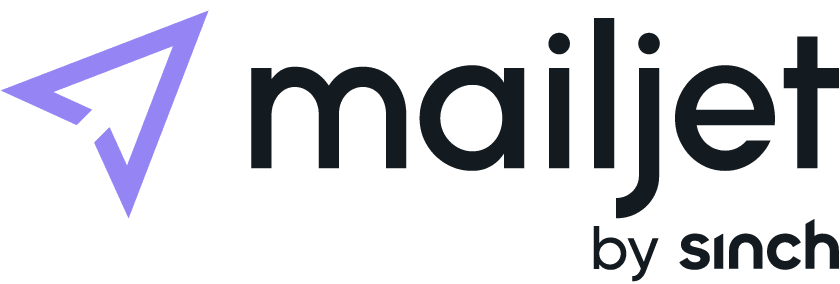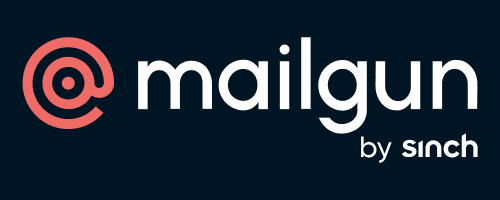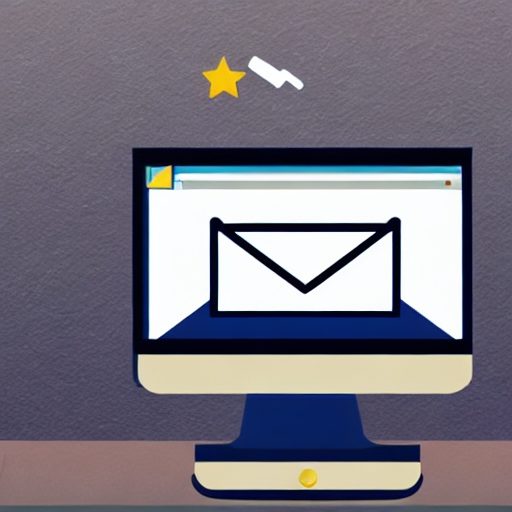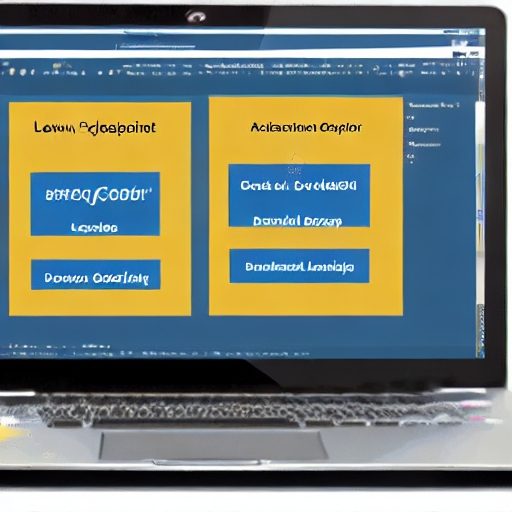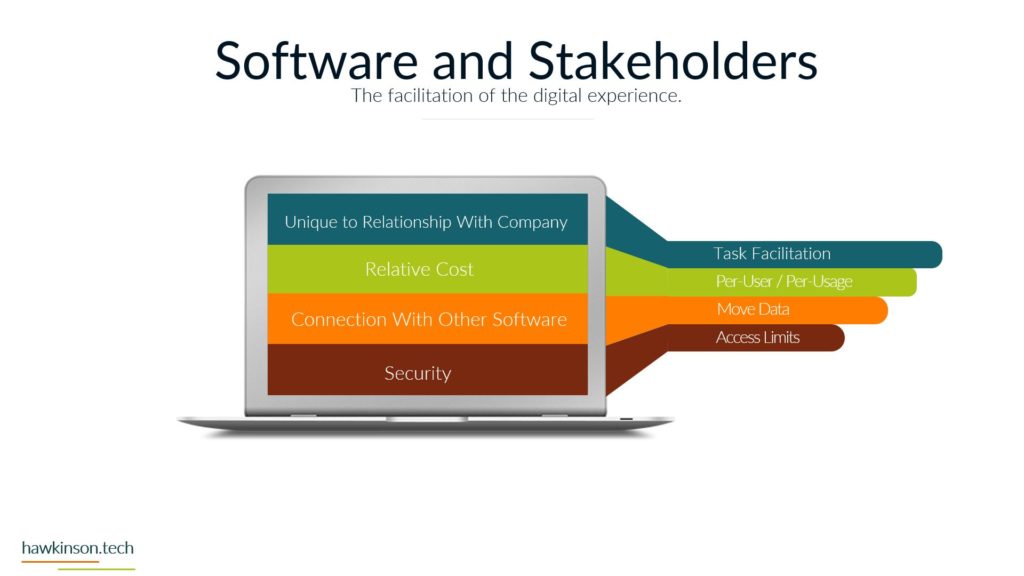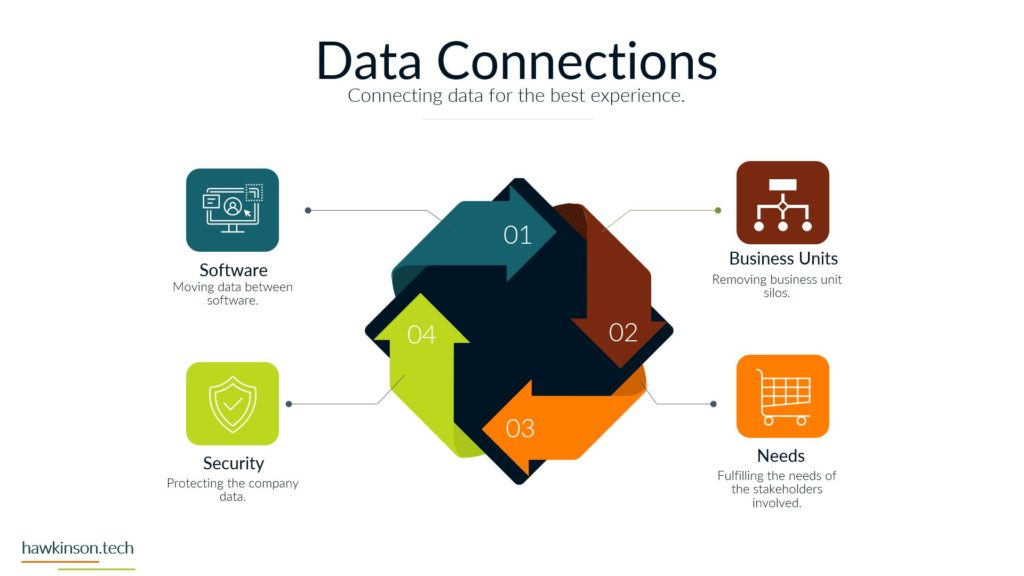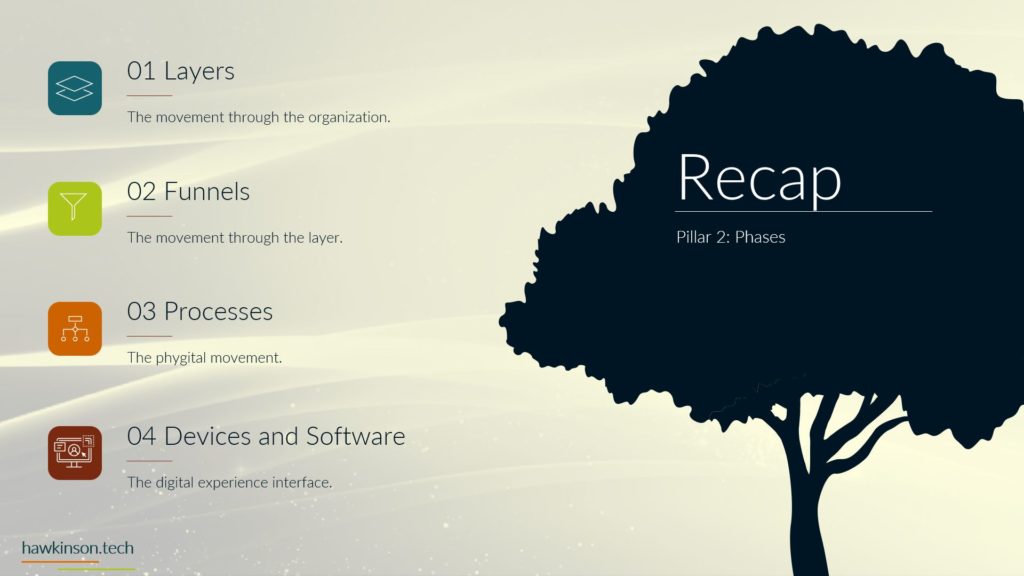In digital marketing, capturing the attention of potential customers and converting them into loyal clients is crucial. Email marketing has proven to be an effective strategy for achieving this goal. However, incorporating click funnels into your email marketing campaigns could be the key to increasing conversion chances.
This powerful combination allows businesses to better understand and engage with their target audience, guiding potential customers through a carefully crafted journey that ultimately leads to conversion. In this comprehensive guide, we will delve into the intricacies of email marketing with click funnels, exploring the numerous benefits and strategies that can help businesses boost their conversion rates, enhance customer relationships, and achieve long-term success.
From understanding the fundamentals of click funnels to implementing them effectively within your email marketing campaigns, this article will provide you with the knowledge and tools necessary to unlock the full potential of email marketing.
What is a Click Funnel?
A click funnel, a sales funnel, or a marketing funnel is a systematic process that guides potential customers through a series of steps, ultimately leading them to take a desired action, such as purchasing a product or signing up for a service. It helps businesses to filter out uninterested prospects and focus on those who are more likely to convert, thereby increasing the overall efficiency of their marketing efforts.
The concept of click funnels is based on the AIDA model (Attention, Interest, Desire, and Action), a traditional marketing model that describes the stages a customer goes through before purchasing.
How Does a Click Funnel Work?
A click funnel breaks down the customer journey into several stages, each designed to move the prospect closer to the desired action. These stages typically include the following:
- Awareness: The first step in the funnel is to create awareness about your product or service. This can be done through various marketing strategies such as social media, content marketing, or paid advertising.
- Interest: Once potential customers know about your offering, the next step is to pique their interest. This can be achieved by sharing valuable information, offering free resources, or showcasing the benefits of your product or service.
- Desire: At this stage, the prospect is interested in your offering and is considering purchasing. Your job is to create a sense of desire by highlighting the unique features of your product or service, sharing testimonials, or offering special deals.
- Action: The final step in the funnel is to persuade the prospect to take the desired action, such as making a purchase or signing up for a newsletter. This can be done by providing a clear call-to-action, offering a limited-time deal, or creating a sense of urgency.
The AIDA framework has proven successful for marketers in generating interest among the audience and building the desire to purchase and use a product. Email marketing campaigns can integrate AIDA within the click funnel to achieve the desired intent in customers.
How to Include Click Funnels in Your Email Marketing
Email marketing is an excellent way to guide prospects through the click funnel stages, as it allows you to send targeted messages based on their interests and behavior. Here’s how to incorporate click funnels into your email marketing strategy:
- Segment your email list: To ensure your emails are relevant to each recipient, segment your email list based on demographics, interests, and past interactions with your brand.
- Create targeted content: Develop content tailored to each segment of your email list, addressing their specific pain points, interests, and needs. This will help to increase engagement and move prospects through the funnel stages.
- Nurture your leads: Send emails to prospects, gradually guiding them through the funnel stages. Start by sharing valuable information and resources, then move on to showcasing the benefits of your product or service, and finally, persuade them to take the desired action.
- Track and analyze results: Monitor the performance of your email marketing campaigns and click funnels, and use the data to optimize your strategy. This may involve adjusting your email content, segmenting your list differently, or testing different calls to action.
Steps to Build a Successful Click Funnel
To create an effective click funnel for your email marketing campaigns, follow these steps:
- Define your target audience: Identify the demographic and psychographic characteristics of your ideal customers and their pain points and needs.
- Create a compelling offer: Develop an offer that addresses the needs and desires of your target audience and communicates the value of your product or service.
- Design a landing page: Create a visually appealing and user-friendly landing page that showcases your offer, captures visitors’ contact information, and directs them to the next step in the funnel.
- Develop a lead magnet: Offer a valuable resource, such as an ebook or a free trial, in exchange for visitors’ contact information. This will help you to grow your email list and nurture potential customers through the funnel stages.
- Create an email sequence: Develop a series of emails that guide prospects through the funnel stages, from creating awareness to generating interest, desire, and, ultimately, taking action.
- Promote your funnel: Use various marketing strategies, such as social media, content marketing, and paid advertising, to drive traffic to your landing page and grow your email list.
- Optimize and refine: Continuously analyze the performance of your click funnel and make adjustments as needed to improve its effectiveness.
Conclusion
Incorporating click funnels into your email marketing strategy can significantly increase the chances of converting potential customers into loyal clients. By understanding the concept of click funnels, how they work, and how to implement them in your email marketing campaigns, you can effectively guide prospects through the stages of awareness, interest, desire, and action, ultimately boosting your conversion rates and driving business growth.






